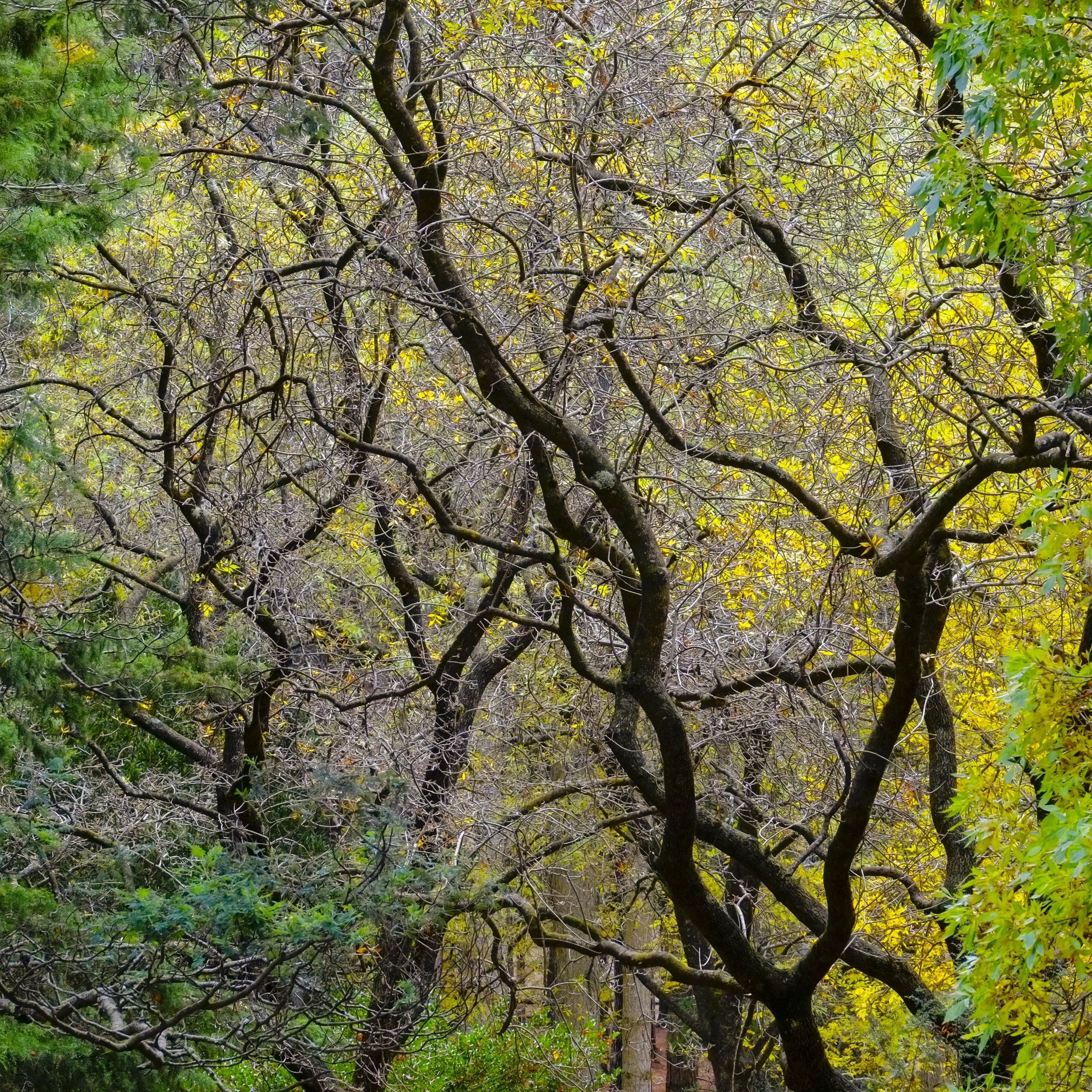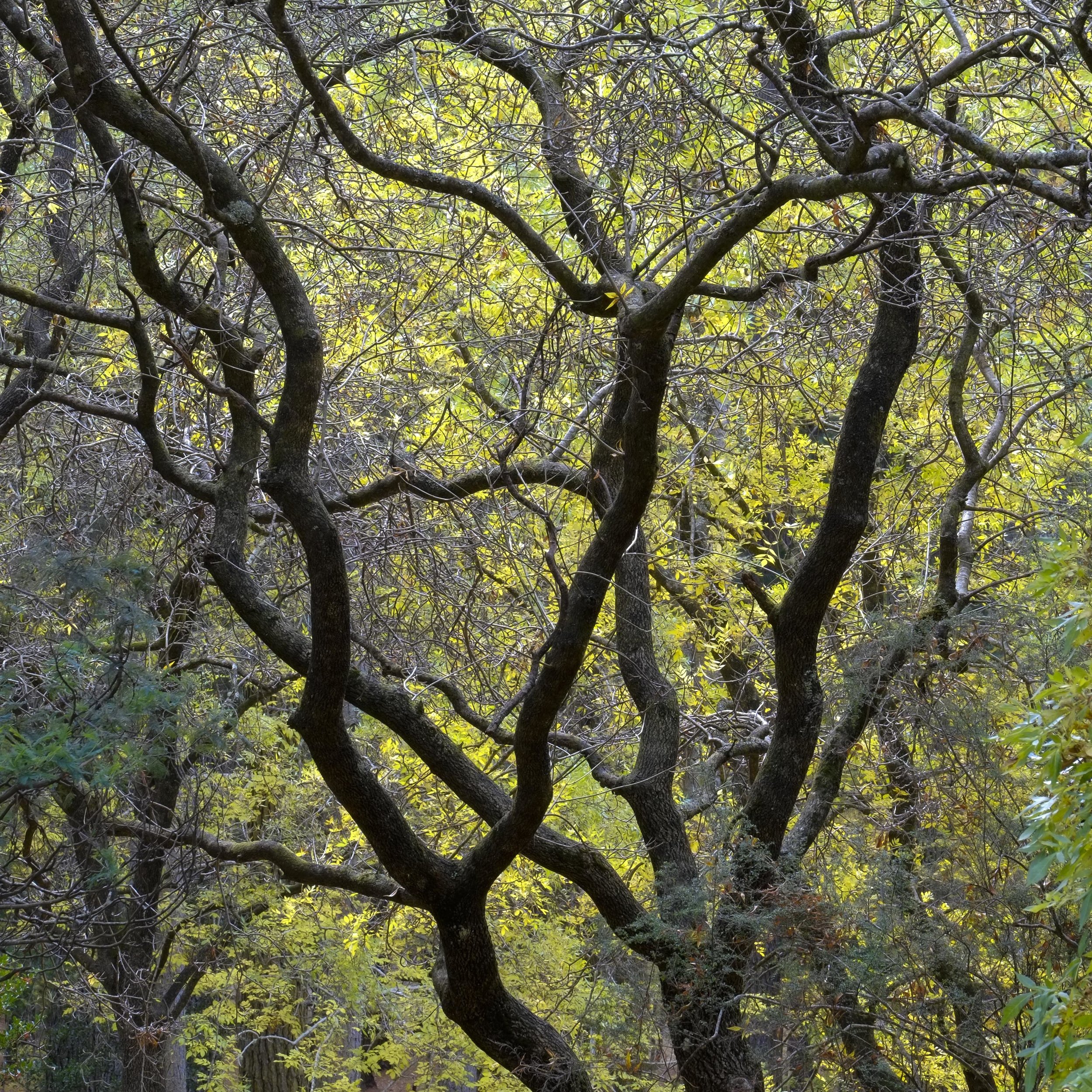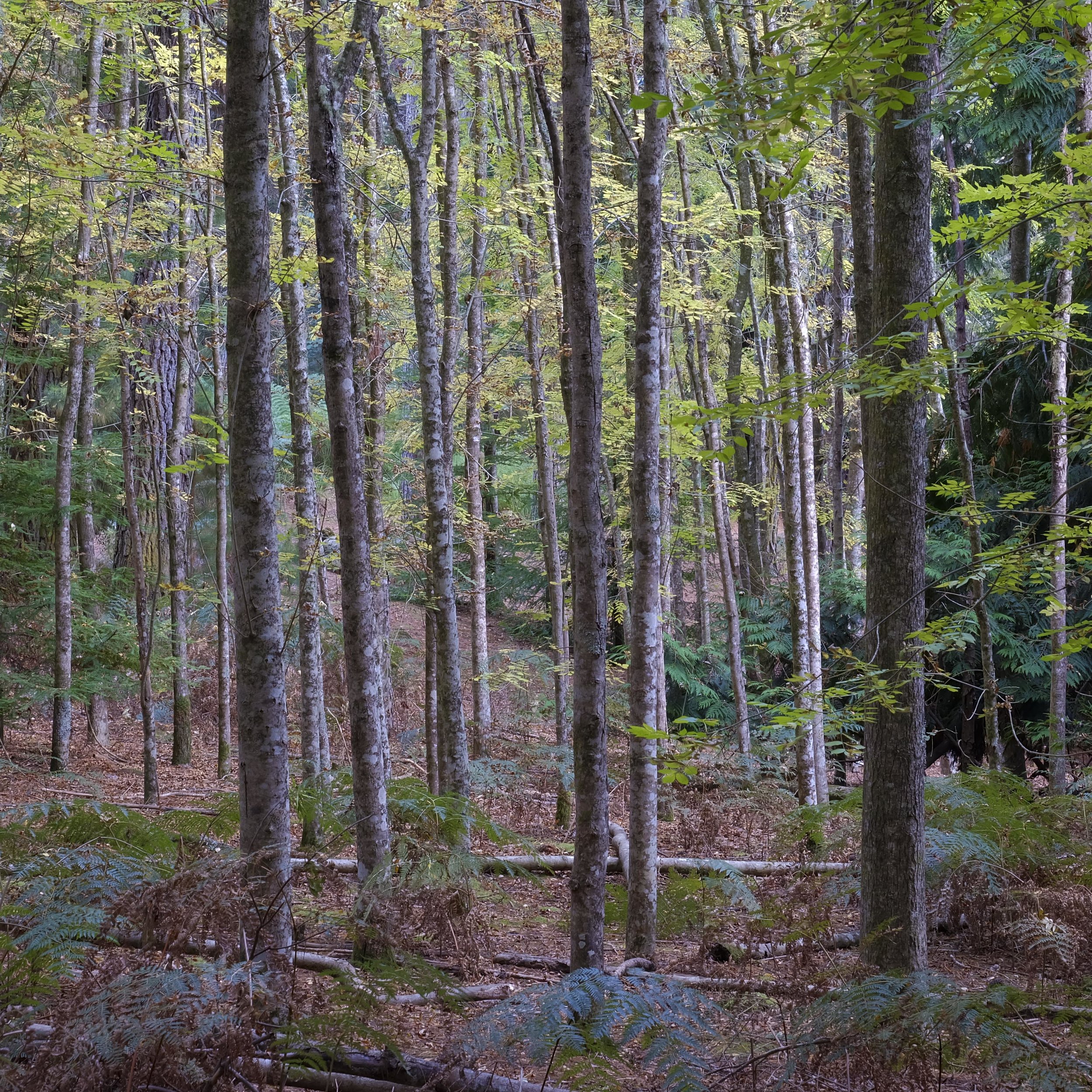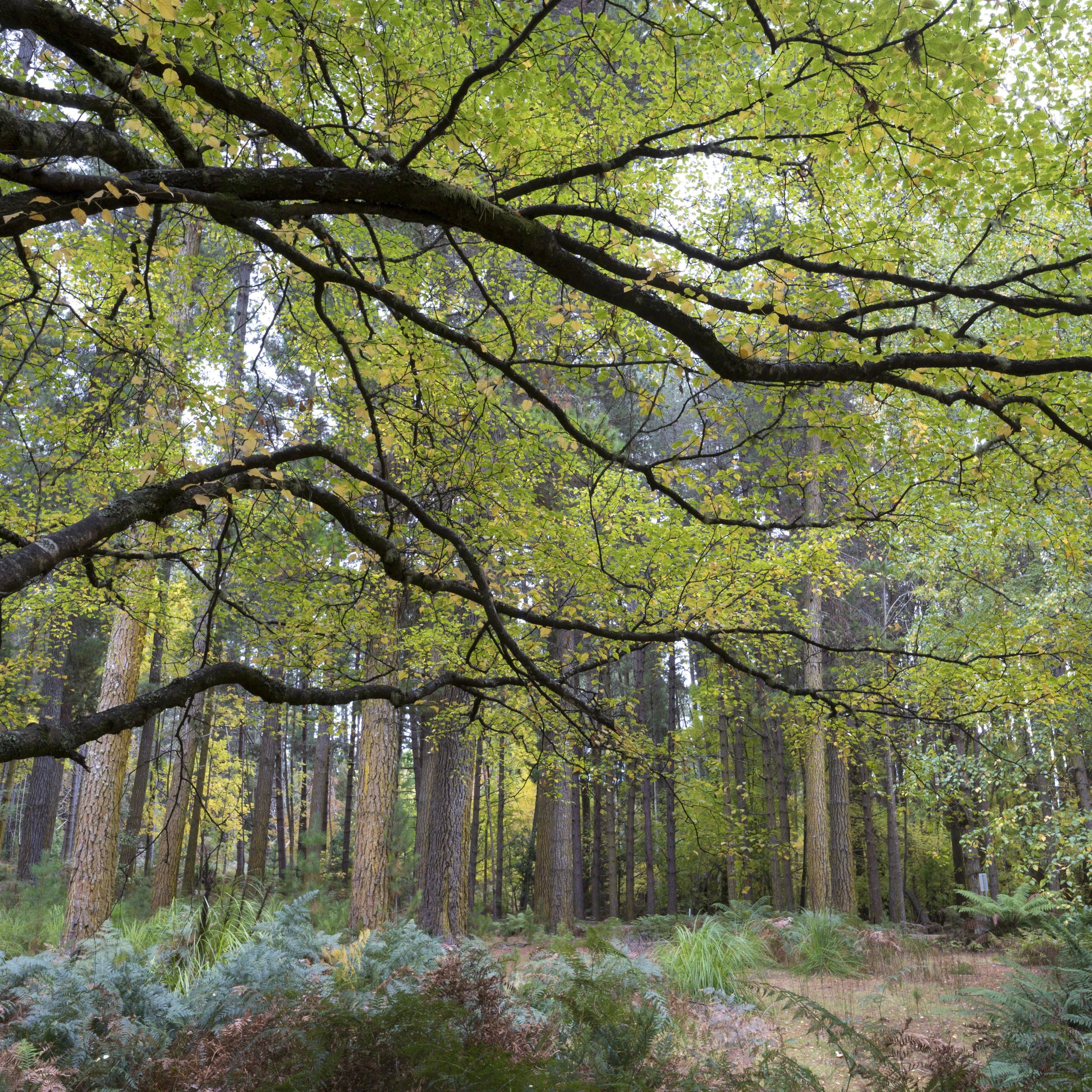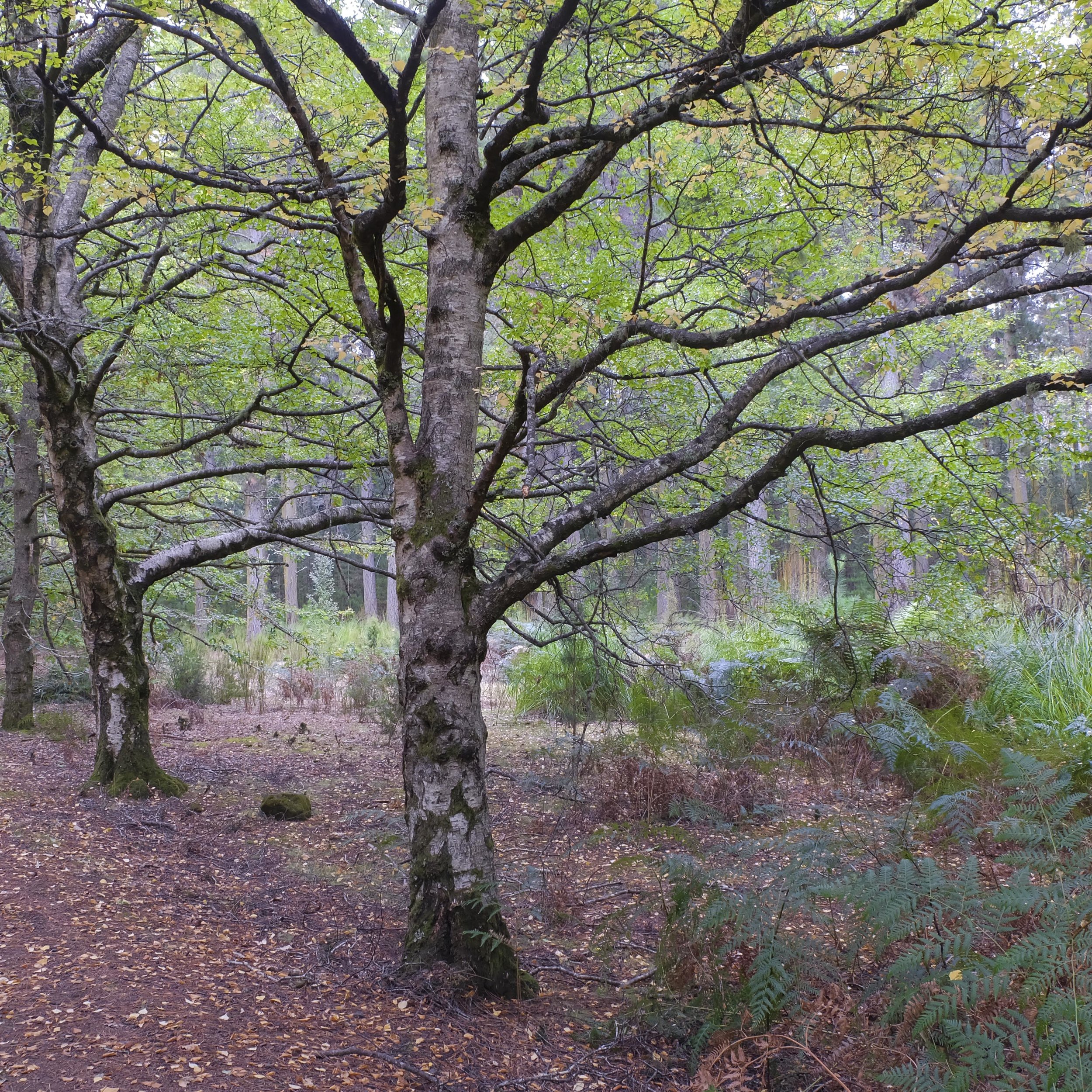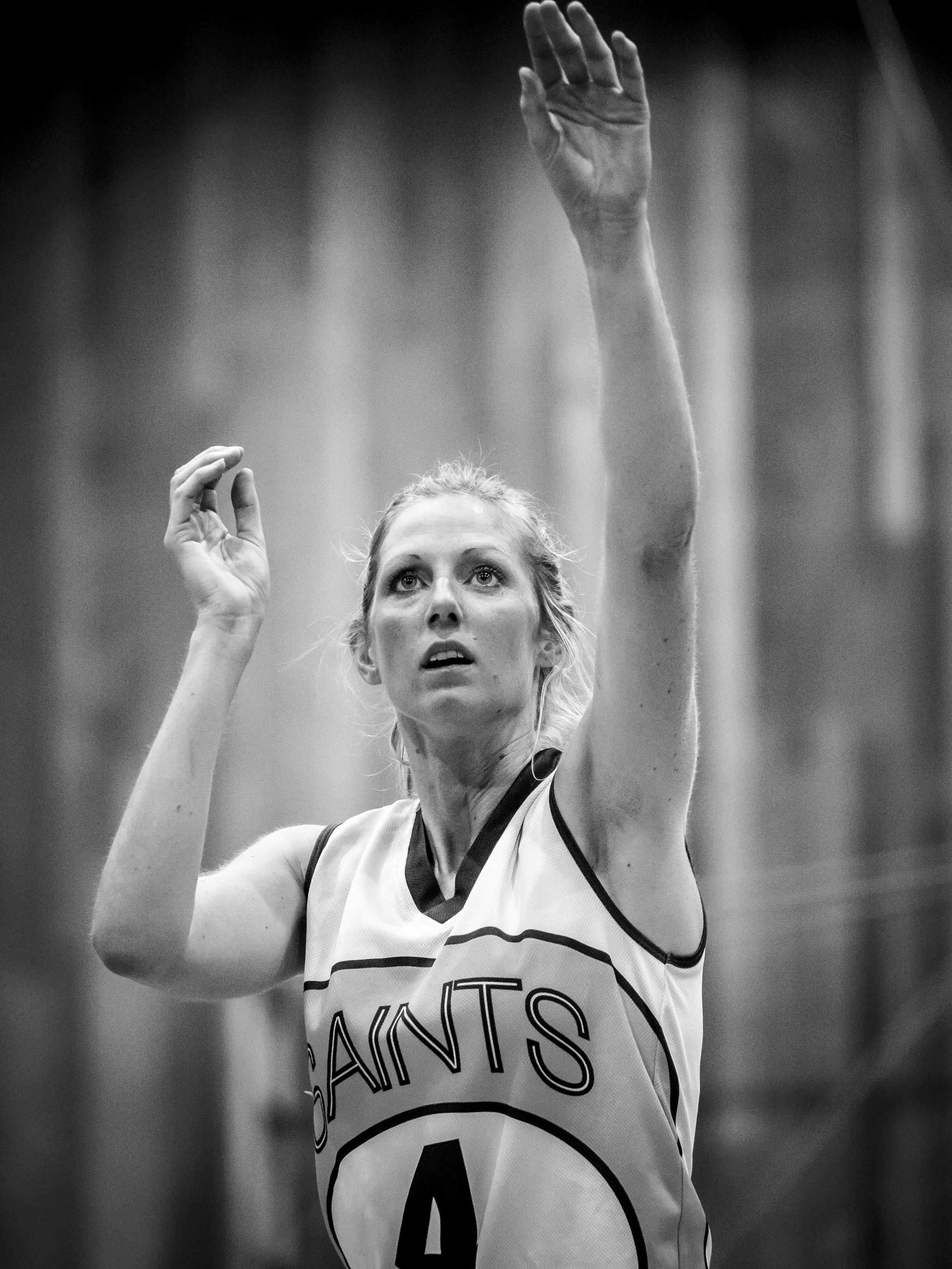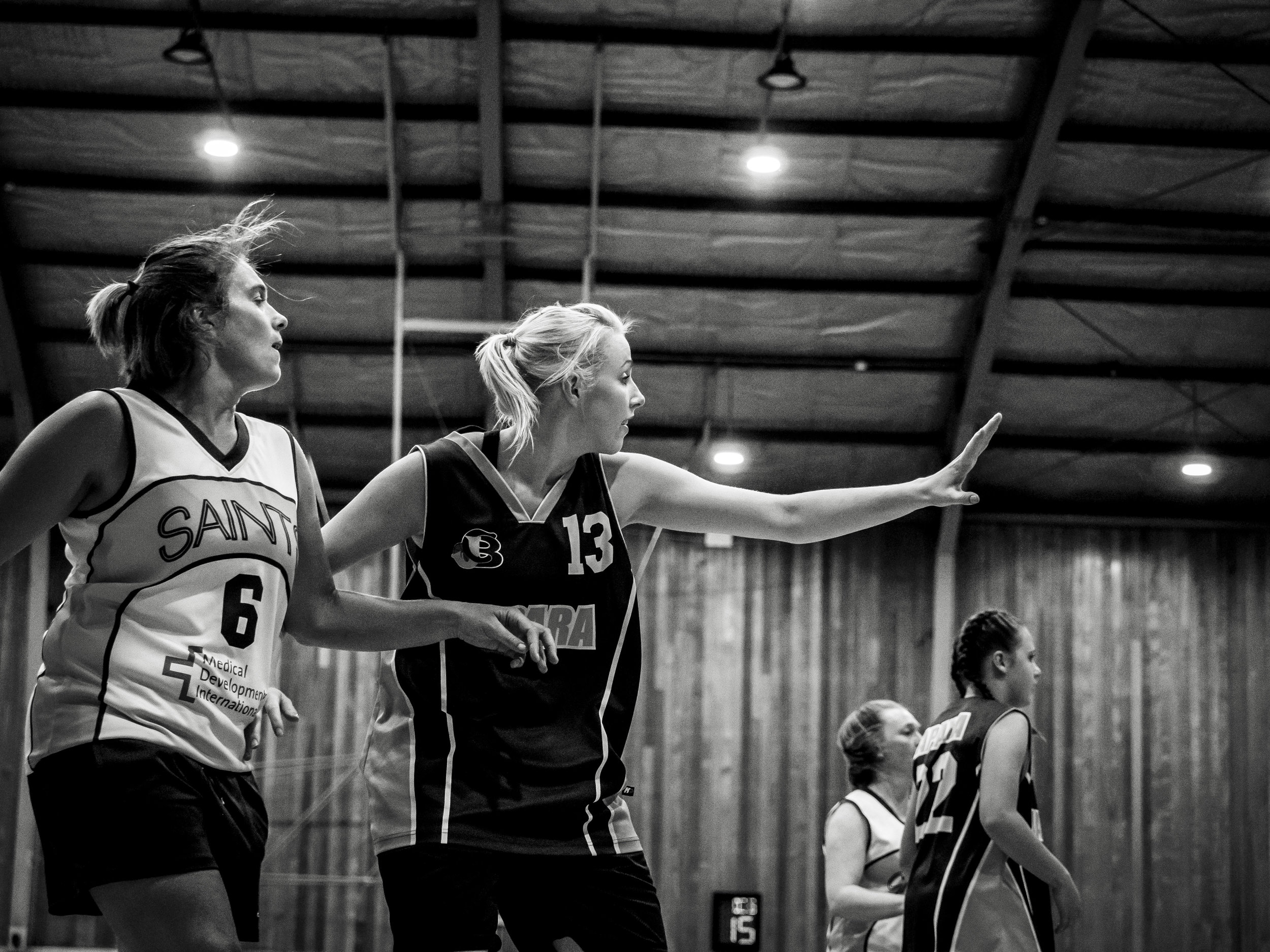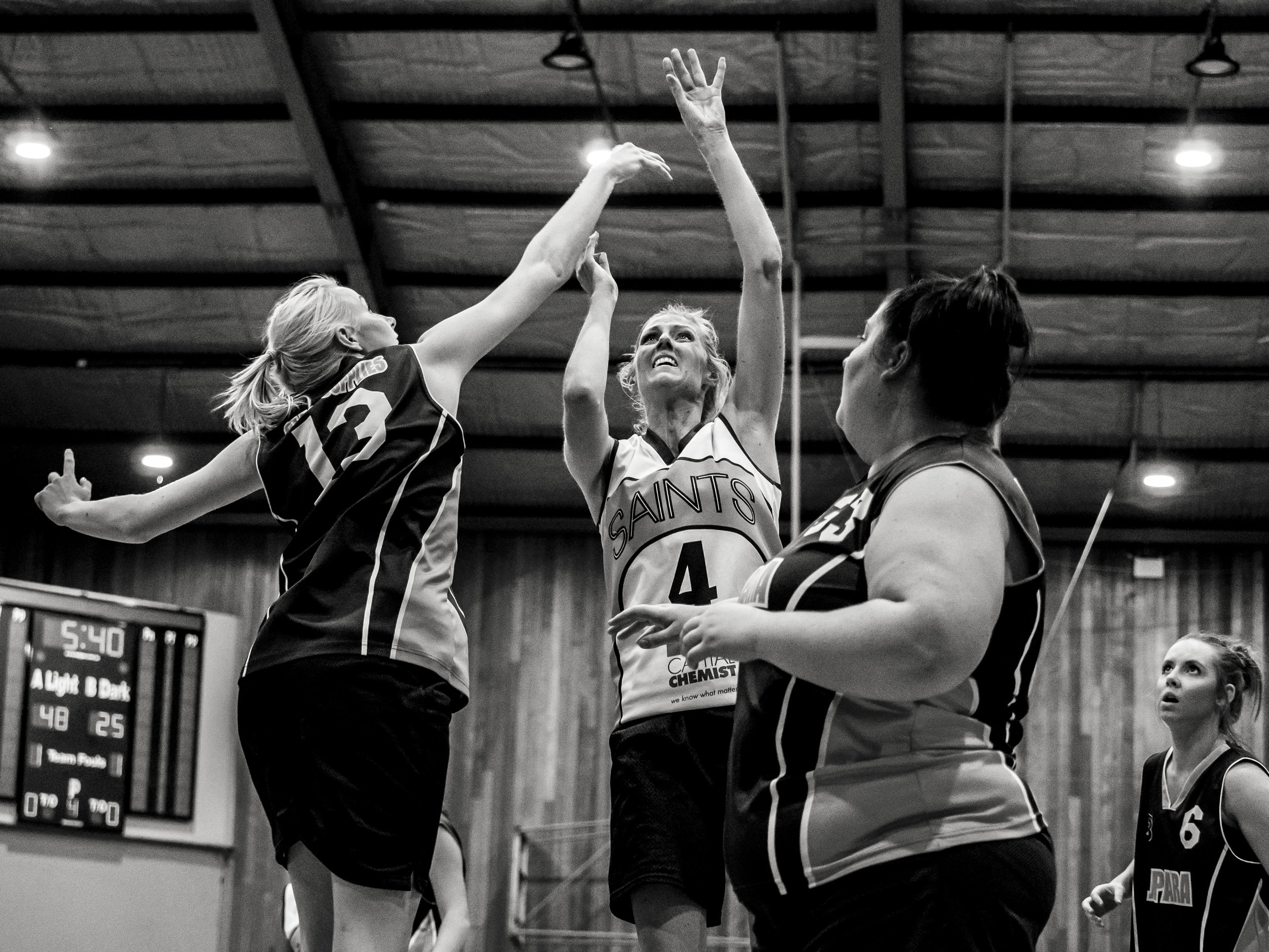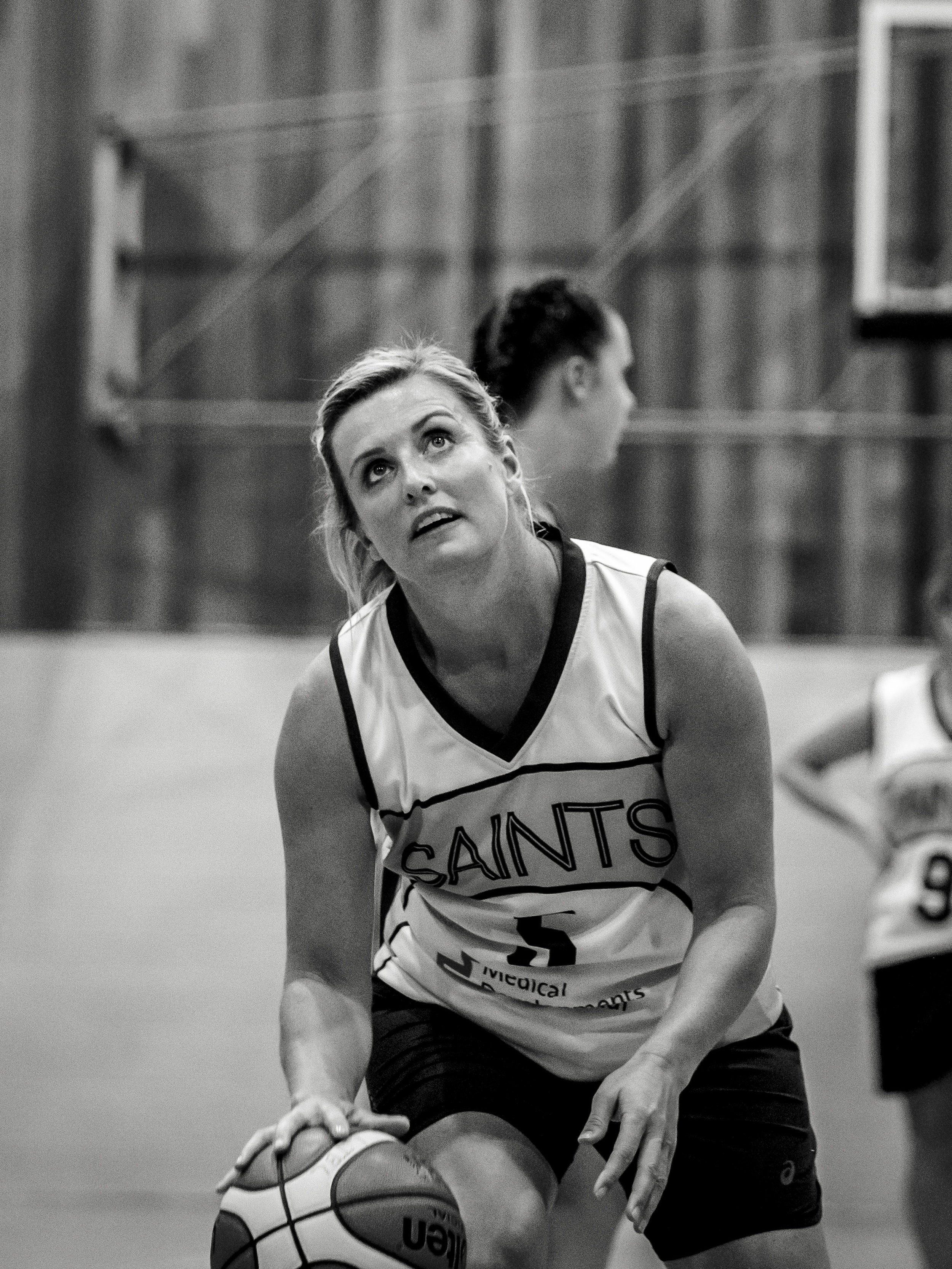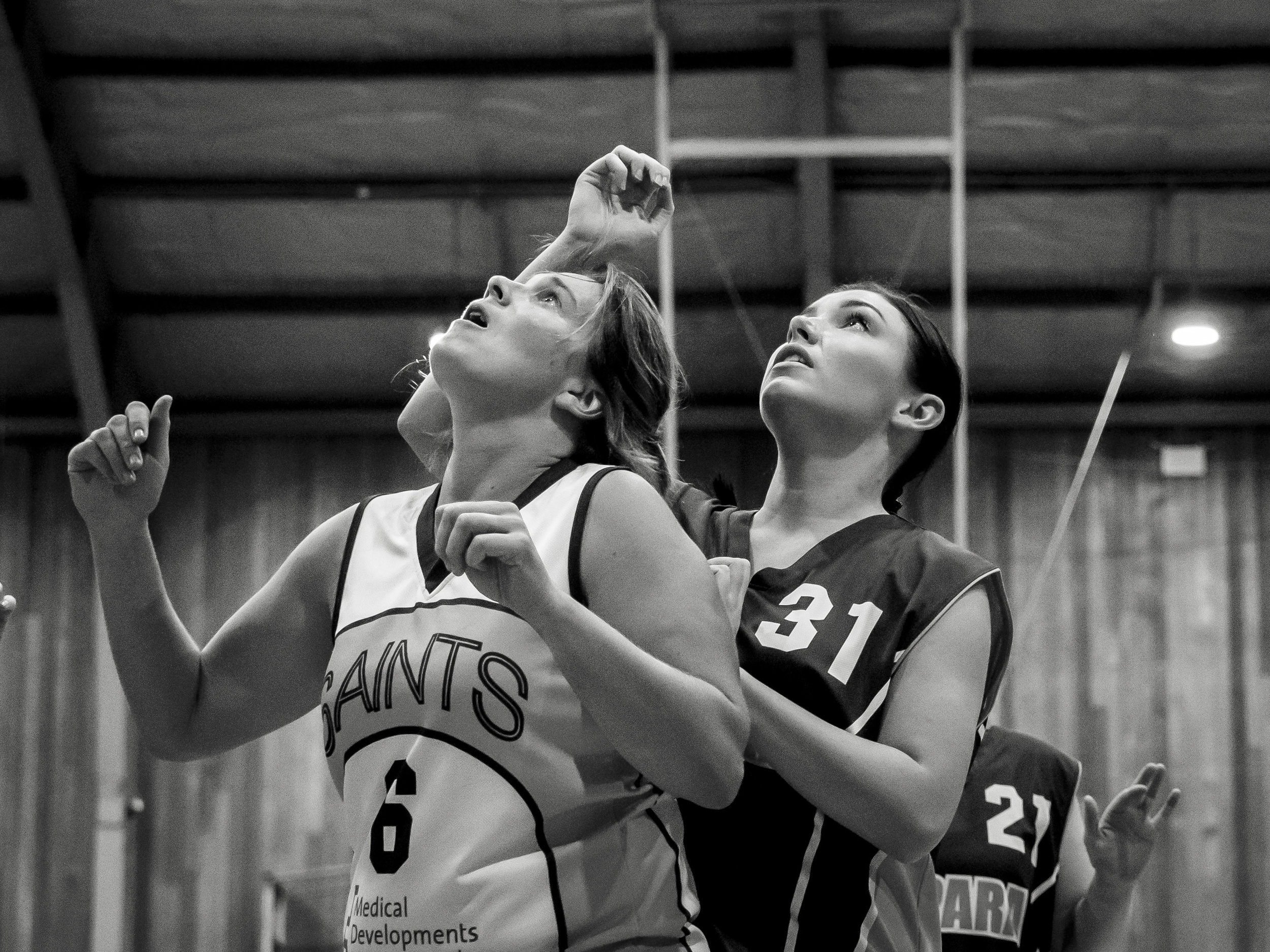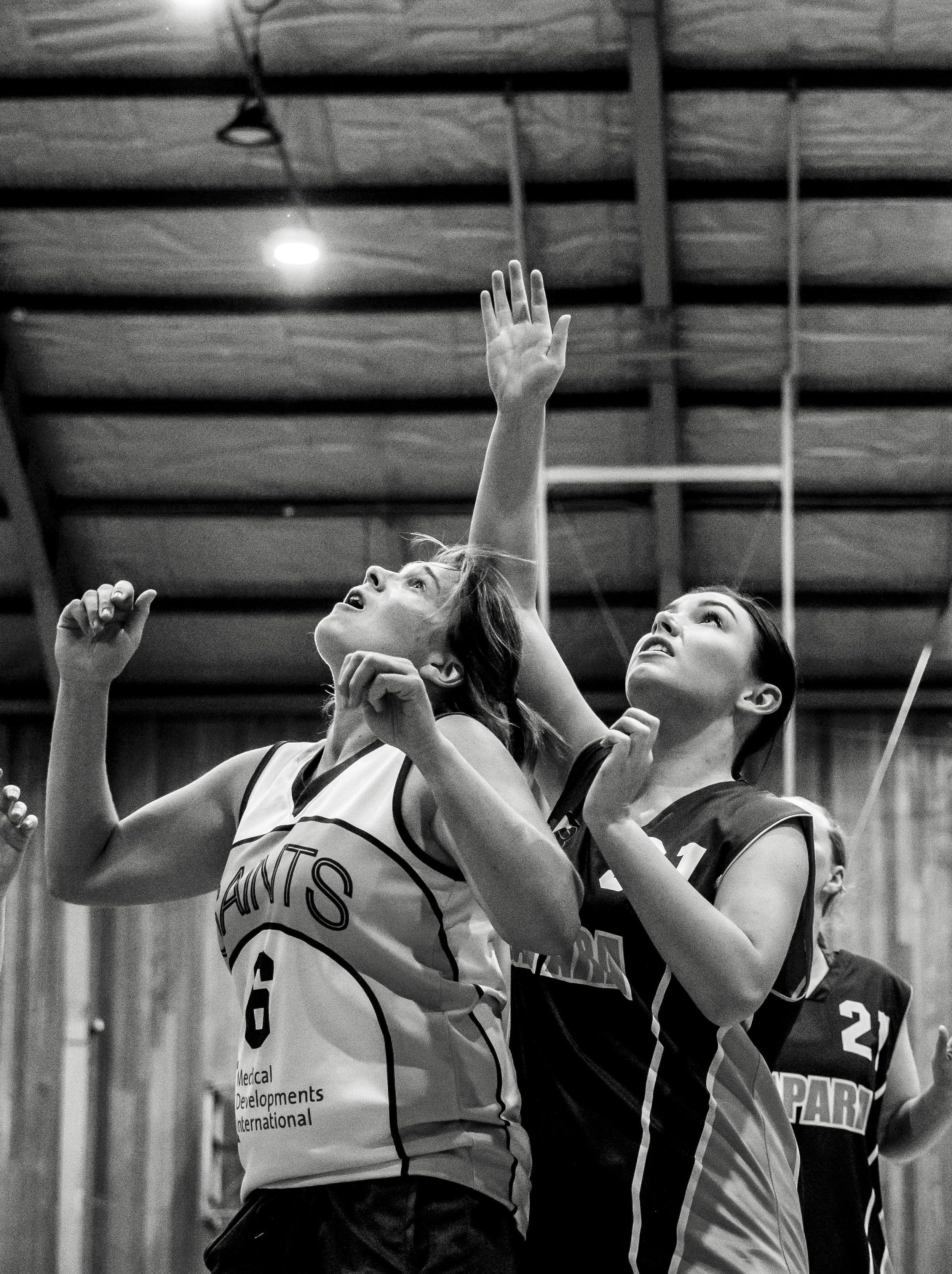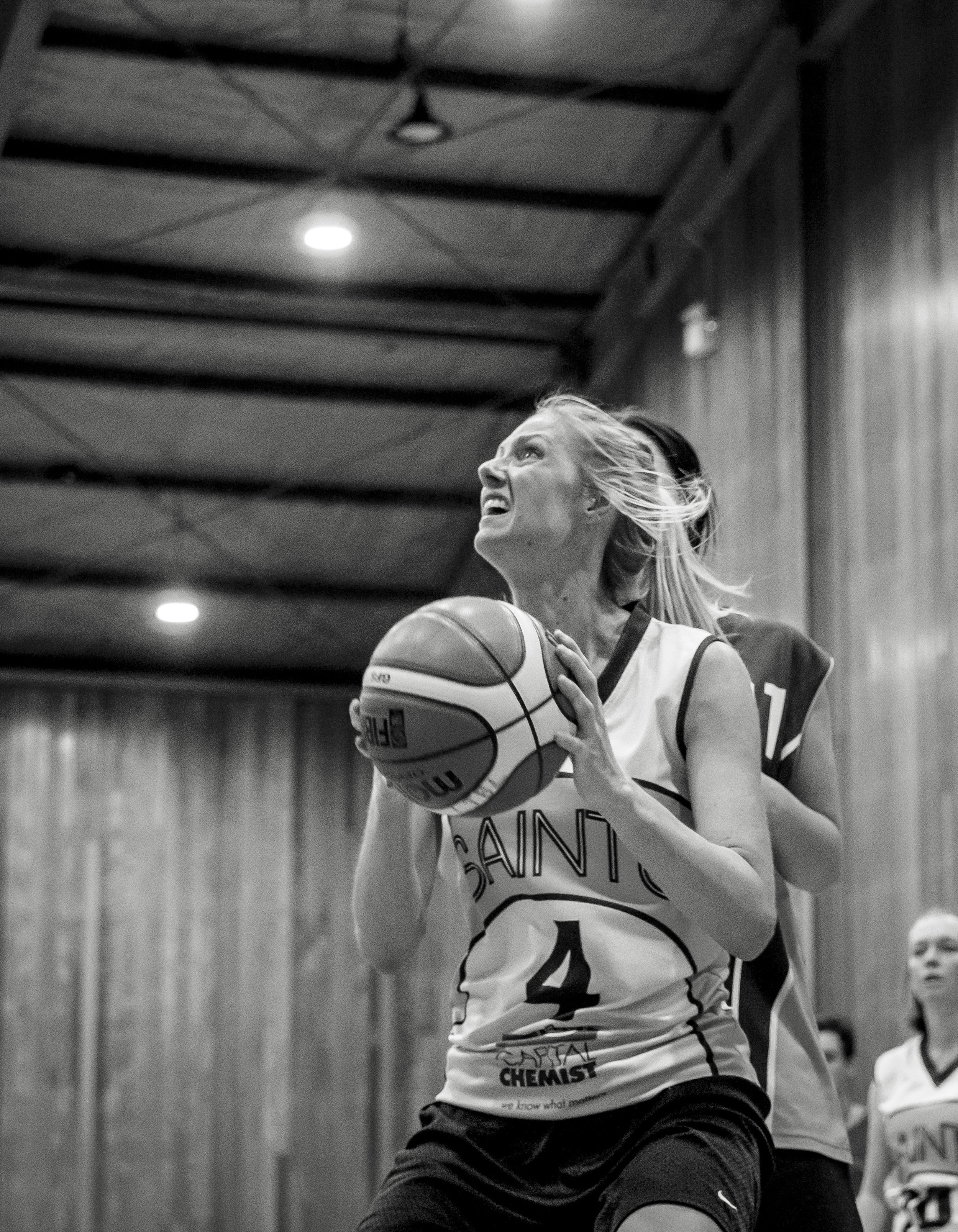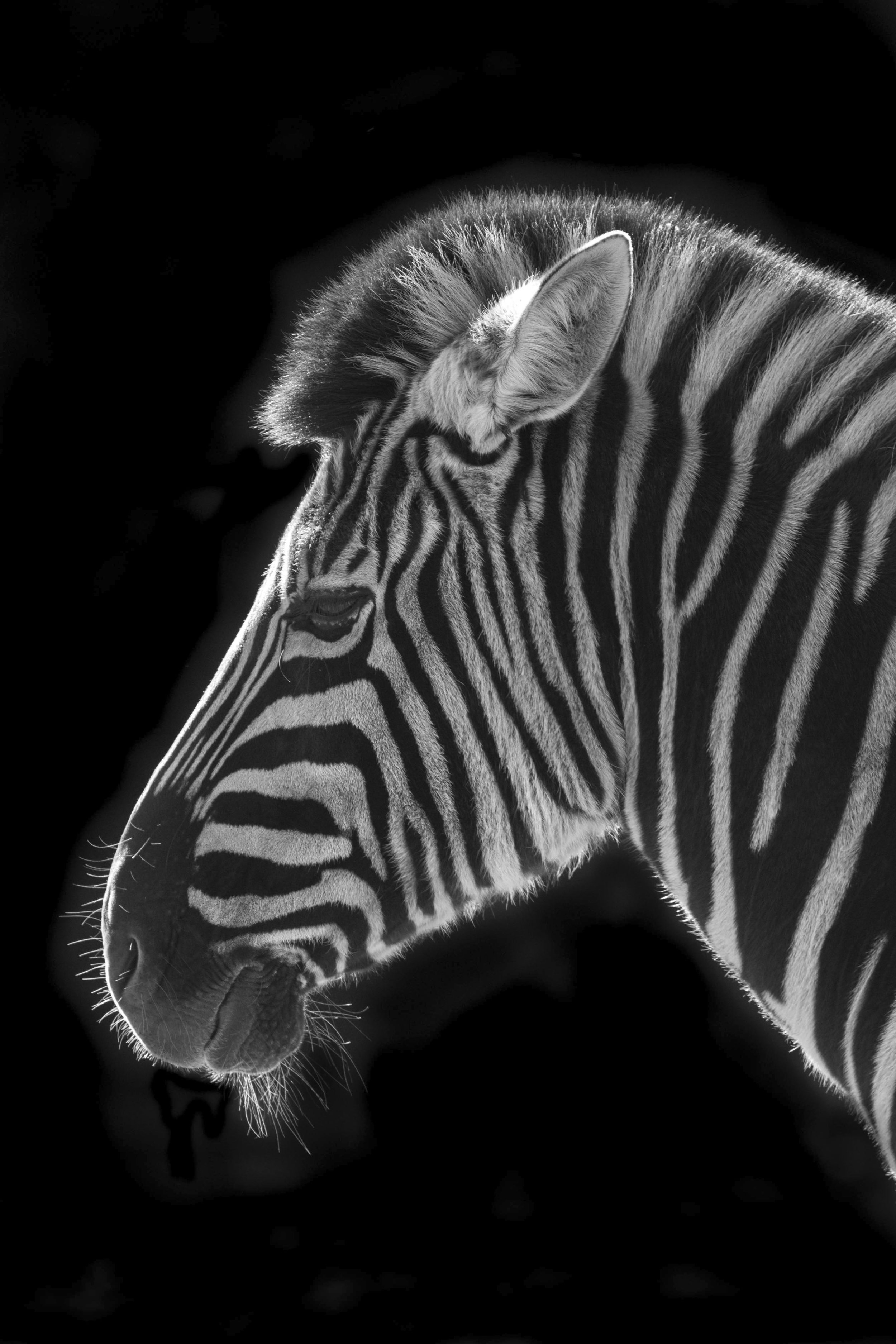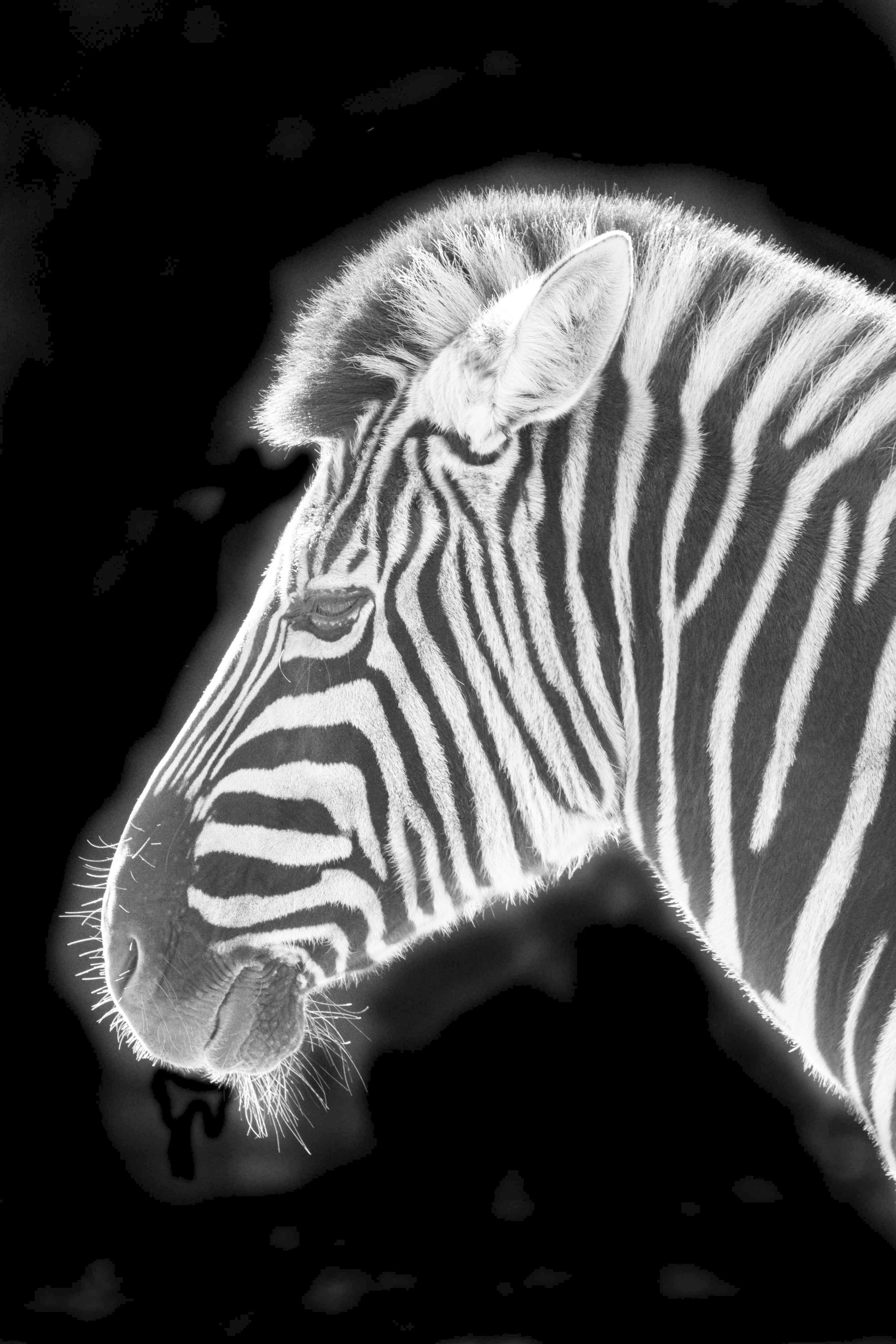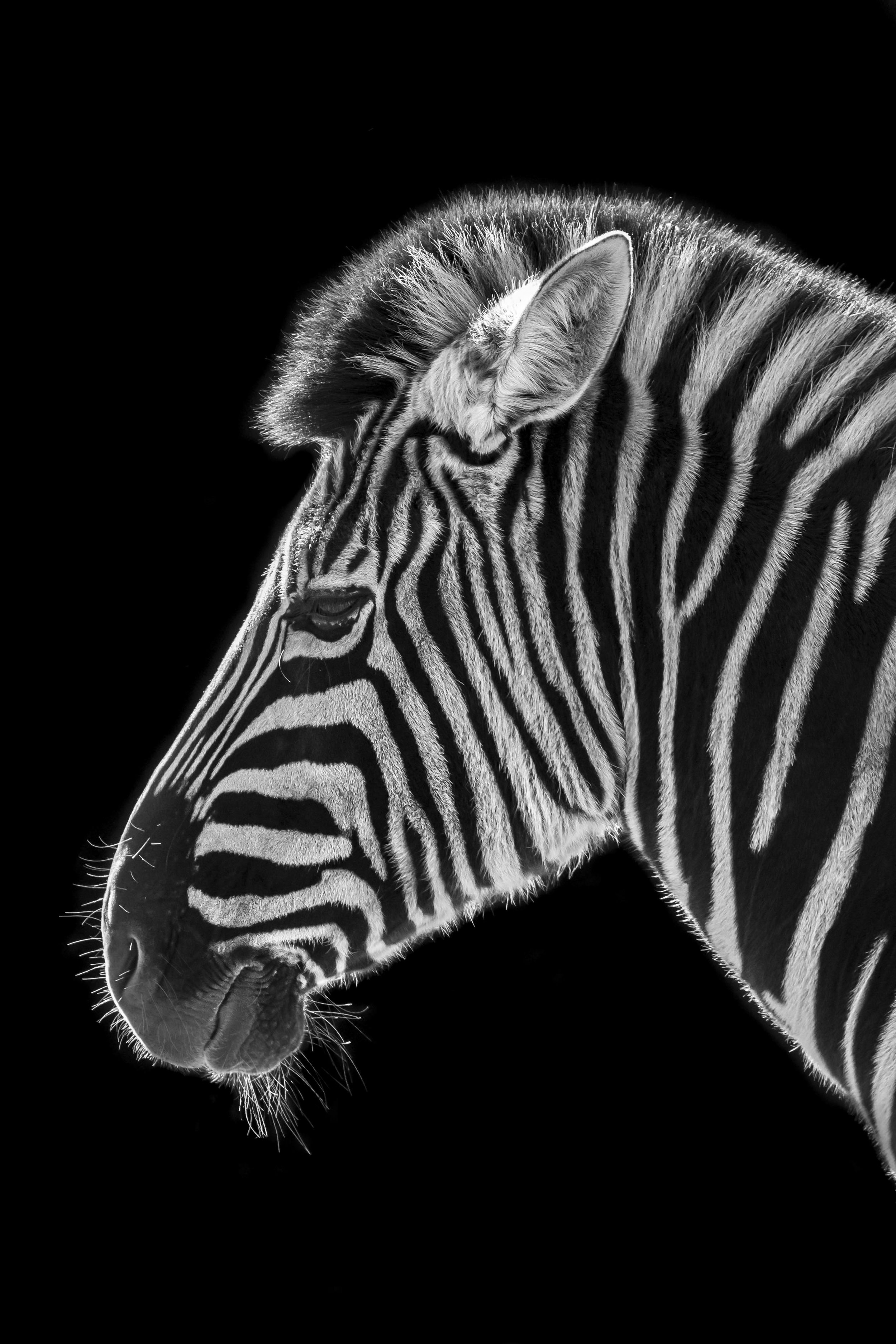The thing that hit me was the subtlety of the colour. I was using Fuji Velvia at the time, as were most and the gentleness of the early Kodachrome images came as a pleasant surprise. Several images (Caladium Leaves, Honolulu 1948, Tree, Barn, Hills Livermore 1950, Green Hills, Gilmore 1945 and Aspens, North Rim 1947) are still what I aim for in quality (and "quality") when shooting landscape. These are 60+ years old and still cutting edge! The lime greens, soft pinks and openness of the lighting and colour are natural and realistic, transporting you there timelessly. They are a testament to the power of subtlety and Adams' skill with a medium he actively disliked.
Recently I discovered a smaller reprinting of the book (A4 with A5 prints, the first had A4 prints with large page borders) and grabbed it, intending to add it to the collection as a "reader" with the older tome safely shelved. Then I opened it.
Who ever decided that the images needed to be Photoshopped to within an inch of their life has obviously never seen the originals or has little idea about photography. My poor attempt above is gaudy and crude when compared to the Adams images, but is weakly postulated when compared to the over saturation, over sharpening and sometimes added graduated neutral density filtering, not present in the originals. They may as well have hand coloured his mono work. It was also a reminder that high end book printing in the late 20th century looses nothing to more recent reproductions.
If anyone was unsure of Adam's health, this book would have been proof enough of his passing.
I should have purchased it as an example of what not to do, but unfortunately there are plenty of examples of blatantly manipulated or just poorly reproduced classic work on the web. If you google any of the above images, you will find huge variation in rendering. How can this be so blatant when the originals are in a form that inherently denies change or misinterpretation. The problem is getting so bad that it is hard sometimes to be sure you are looking at the "real" version. Adams, Sam Abell, Willian Allard, Alex Webb, McCurry (with his blessing?), the list goes on and on of photographers past and present who are represented by both the true, original reproduction, that may well change slightly over time as technology changes and their Frankensteins' monsters of poorly conceived "modernised" copies. The problem with messing with colour film images is, they were shot with the film chosen to give the desired result, or the choice was limited, marking a point in time when all images of their type looked the same way. Bringing them into the now with heavy handed techniques, often only based on trends, nullifies their value.


